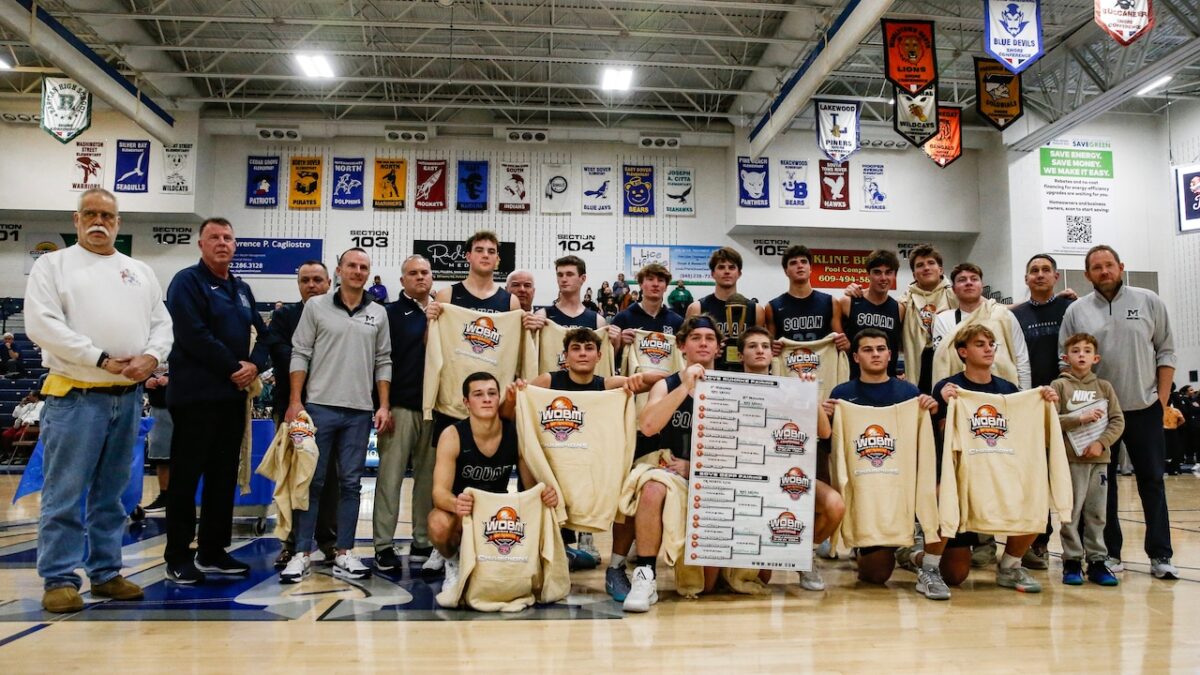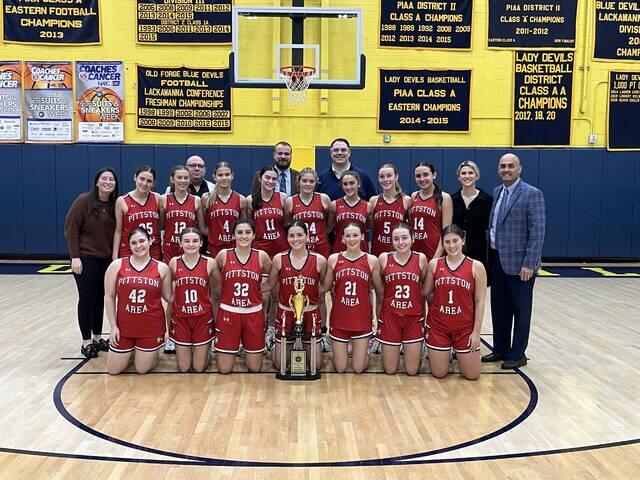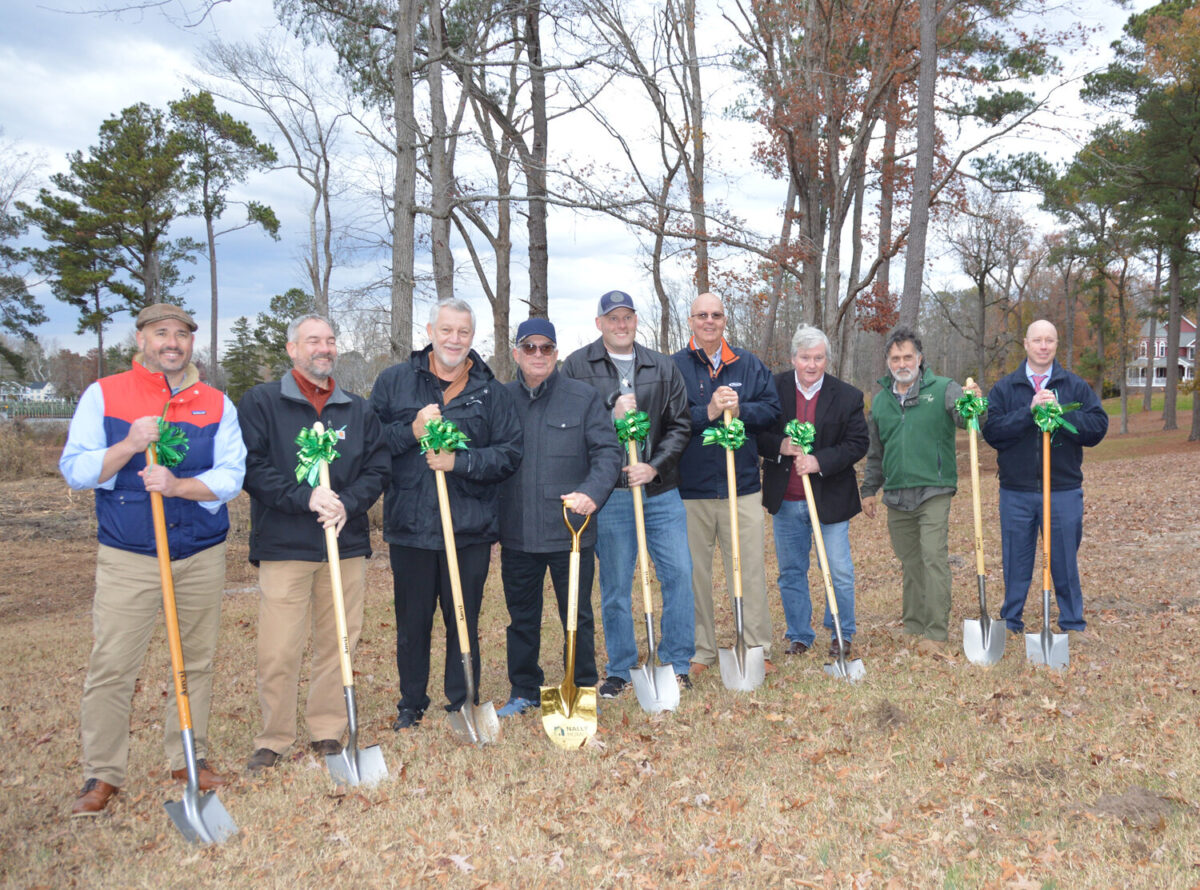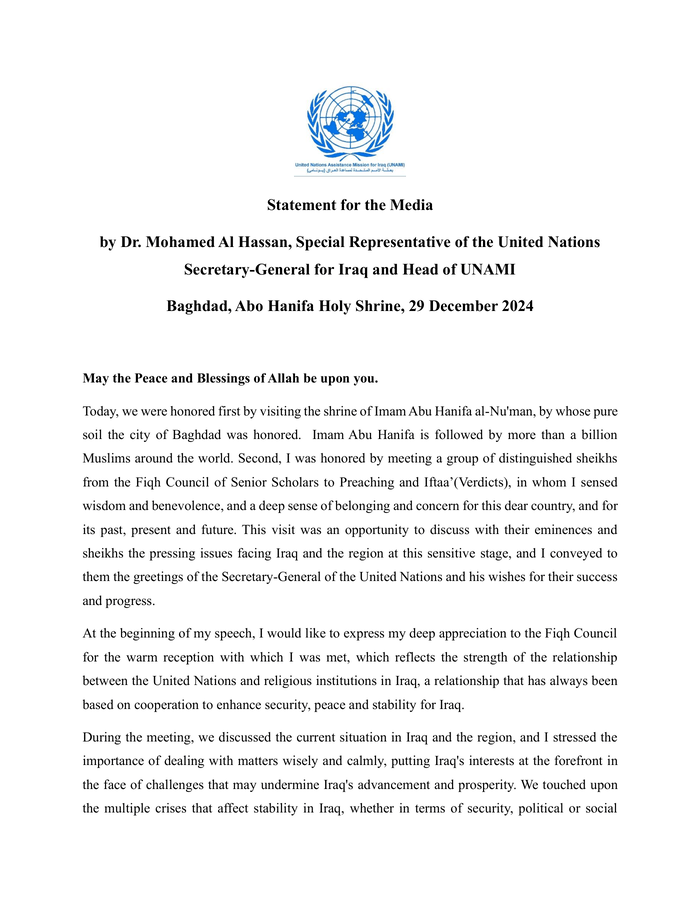MSN []o[0]&&c[1]this.maxLength&&this.list.shift()},Object.defineProperty(t.prototype,”data”,{get:function(){return this.list},enumerable:!1,configurable:!0}),t}(),h=new Map;var p=Object.freeze({set:function(t,e){return h.set(t,e),this},get:function(t,e){var n=h.get(t);return void 0===n&&e&&(n=e(),h.set(t,n)),n},clear:function(){h.clear()},delete:function(t){return h.delete(t)},has:function(t){return h.has(t)}});function d(){return!(“undefined”==typeof window||!window.document||!window.document.createElement||window.isRenderServiceEnv)}function v(t){var e,n=!1,r=function(){return n||(n=!0,e=t()),e};return r.cache={clear:function(){n=!1,e=void 0}},r}var g={bingHomepageMobile:”binghomepagemobile”,outlookMobile:”OnOOutlookMobile”,officeMobile:”OnOOfficeMobile”,sapphire:”OnOStartApp”,skype:”OnOSkype”,freFullPage:”emmxFre”,winWeatherApp:”weather-app-win”,xiaomiApp:”xmweather-“,launcher:”launcherntp”,launcherInterests:”launcherInterests”,swiftKey:”swiftKey”,winMoneyApp:”finance-app-win”},y=”superappdhp”,m=[“ios”,”android”,”ipados”],w=”_ocidIsomorphicKey”,b=function(){return p.get(w)||p.set(w,W(“ocid”).toLowerCase()),p.get(w)},x=”_platformFlagKey”,S=”_hostAppNameKey”,A=”_clientTypeKey”,E=function(){return p.get(x)||p.set(x,W(“chpltfm”)),p.get(x)},O=function(){if(!p.get(S)){var t=E();p.set(S,t.toLowerCase().split(“-“)[0])}return p.get(S)},I=function(){if(!p.get(A)){var t=E();p.set(A,t.toLowerCase().split(“-“)[1])}return p.get(A)};function k(){if(!d()||C())return!1;var t=window.sapphireWebViewBridge,e=window.webkit,n=t&&t.send,r=e&&e.messageHandlers&&e.messageHandlers.send&&e.messageHandlers.send.postMessage;return!(!n&&!r)}function T(){var t=E()&&”outlook”===O()&&m.includes(I()),e=b()===g.outlookMobile.toLowerCase();return t||e}function R(){var t=E()&&[“office”,”union”].includes(O())&&m.includes(I()),e=b()===g.officeMobile.toLowerCase();return t||e}function _(){var t=b()===g.skype.toLowerCase()||”skype”===O();return d()&&function(){var t;return null===(t=window.skypeWebviewBridge)||void 0===t?void 0:t.isSkype}()||t}function L(){return!(!d()||C())&&(k()||b()===g.sapphire.toLowerCase()||b()===y.toLowerCase())}function M(){var t=W(“edge”);return(“emmx”===O()||”1″===t)&&L()||”mmx”===b()}function P(){return”3rdp”===O()||b().startsWith(g.xiaomiApp)||C()}function j(){return[g.launcher.toLowerCase(),g.launcherInterests.toLowerCase()].includes(b())&&L()}function C(){return b().toLowerCase()===g.swiftKey.toLowerCase()||”swiftkey”==O().toLowerCase()}function N(){return-1!==window.location.href.indexOf(“huawei”)||-1!==window.location.href.indexOf(“airfind”)||-1!==window.location.href.indexOf(“aloha”)||”vivo”===b()&&P()}var U,F,D,q=v((function(){return k()||_()||R()||T()||L()||b()===g.winWeatherApp.toLowerCase()||b()===g.winMoneyApp.toLowerCase()||M()||P()||j()||C()||N()||-1!==window.location.href.indexOf(“metaos=true”)}));function W(t){try{return new URL(location.href).searchParams.get(t)||””}catch(t){return””}}function B(t){try{return decodeURIComponent(t)}catch(t){}}function G(t,e){if(!t)return null;if(e)return z(t);if(!U){var n=”undefined”!=typeof document&&document.cookie.split(“; “);U={};for(var r=n&&n.length,o=0;o0)return t.substring(0,e)}return””}(h.apikey));var v=function(t,e,n,r,i,a,c,u){var s,f;void 0===c&&(c=D.Alert);void 0===u&&(u=””);if(n){i=i||{};var l=n.apptype,h=n.audienceMode,p=n.pagetype,v=n.pageGenTime,g=n.bundleInfo,y=n.deviceFormFactor,m=void 0===y?””:y,w=n.fd_muid,b=n.os;i.pageGenTime=v,i.build=g&&g.v,i.appType=l;var x=function(t,e,n){var r=n&&”phone”===n.toLowerCase(),o=e&&”enterprise”===e,i=”Edge”;C()?i=”swiftKey”:j()?i=”Launcher”:function(){var t;if(!d())return!1;var e=document.head.dataset.clientSettings||(null===(t=document.getElementsByClassName(“peregrine-widget-settings”)[0])||void 0===t?void 0:t.getAttribute(“data-client-settings”));if(e){var n=JSON.parse(e);return n&&n.pagetype&&”bingHomepageMobile”===n.pagetype}return!1}()&&(i=”bingHomepageMobile”);return{bingHomepage:”binghomepage”,mmx:”emmx”,edge:”spartan”,edgeChromium:o?”entnews”:”anaheim”,hybrid:”spartan”,hub:r?”prime_mobile”:”prime”,microsoftNews:”msnews”,office:”entnews”,views:r?”prime_mobile”:”prime”,homePage:r?”prime_mobile”:”prime”,windowsShell:”windowsshell”,edgeMobile:i}[t]}(l,h,m),S=x||l,A=document.getElementsByTagName(“html”)[0].getAttribute(“lang”),E=””,O=”muid”,I=void 0;try{if(“edgeChromium”===l&&”object”==typeof window&&window.location&&window.location.search)I=new URLSearchParams(window.location.search).has(“startpage”)?”msedgdhp”:”msedgntp”,”enterprise”===h?I=”entnewsntp”:”xbox”===b&&(I=”xboxntp”);window&&window.getCookieConsentRequired&&”function”==typeof window.getCookieConsentRequired&&window.getCookieConsentRequired()||(E=function(){var t;return(null===(t=null===window||void 0===window?void 0:window.__SSRUserConfigEarlyLog)||void 0===t?void 0:t.consistentMuid)||(null===window||void 0===window?void 0:window.__muid)||””}()||G(“muid”))}catch(t){}E||(E=n.aid,O=”aid”);var k={name:”MS.News.Web.AppError”,time:v,ver:”4.0″,iKey:”o:”.concat(r),data:{baseData:{},baseType:”MS.News.Web.Base”,page:{name:”default”,product:S,type:Y(p),content:null!==(s=$[l])&&void 0!==s?s:{category:”standaloneError”},ocid:I},browser:{clientId:E,clientIdType:O},flight:{id:a,tmpl:u},request:{activityId:n.aid,requestId:n.aid,afdMuid:w},locale:{mkt:A},extSchema:{id:t,severity:c,pb:i,message:e}}};return E&&”muid”===O&&(k.ext=o(o({},null==k?void 0:k.ext),{user:o(o({},null===(f=null==k?void 0:k.ext)||void 0===f?void 0:f.user),{localId:”t:”.concat(E)})})),”object”==typeof window&&(window.isSSREnabled&&(k.data.flight.tmpl+=”;ssr-enabled:1″),window.isSSRCompleted&&(k.data.flight.tmpl+=”;ssr-completed:1″)),k?JSON.stringify(k):null}return null}(e,t,s,p,n,l,r,c);if(a&&!function(t){if(null==t)return!1;return t.startsWith(“1”)||t.startsWith(“2”)||t.startsWith(“3”)||t.startsWith(“4”)}(null==s?void 0:s.aid))return console.error(v),void console.error(“This App error Id: “.concat(e,” will not be sent due to app error sampling!”));if(h&&v){console.error(v),H.push(v);var g=”https://”+F+”/OneCollector/1.0″+function(t){return”?”+Object.keys(t).map((function(e){return e+”=”+encodeURIComponent(t[e])})).join(“&”)}(h);if(i&&!performance.getEntriesByType(“visibility-state”).some((function(t){return”visible”===t.name}))){document.addEventListener(“visibilitychange”,(function(){“visible”===document.visibilityState&&navigator.sendBeacon(g,v)}),{once:!0})}else navigator.sendBeacon(g,v)}}catch(t){}}var $={homePage:{vertical:”homepage”,category:””,id:””,domainId:”13041″,title:”undefined”!=typeof document?document.title:””}};function Y(t){var e=t;switch(t){case”windowsshellhp”:e=”dhp”;break;case”video”:e=”watch”;break;case”EdgeMobile”:e=M()?”ntp”:”dhp”}return e}function K(t,e){void 0===e&&(e={}),J(“Error when loading bundle: “+t,20202,o({},e))}function X(t,e,n,r,o){J(“JS Exception”,20203,{source:e,customMessage:t,line:n,column:r,stack:o&&o.stack})}function Q(t){J(“JS Exception”,20203,{customMessage:t&&t.reason&&t.reason.message,stack:t&&t.reason&&t.reason.stack})}var Z=”experience”,tt=Object.create(null),et=2;function nt(t,e){if(e=e||Array.from(document.scripts).find((function(e){return e.src.indexOf(“/”.concat(t,”.”))>-1}))){var n,r=function(t,e){var n=document.createElement(“script”);return n.type=”text/javascript”,n.crossOrigin=”anonymous”,n.src=t,n.onerror=function(){var t=tt[e]||0;tt[e]=++t,t1?n[1]:null}return null}var jt=Mt.resetInstance,Ct=function(){return Mt.getInstance()};function Nt(){return d()?window.location.search:Ct().url.search}function Ut(){try{return localStorage}catch(t){return null}}var Ft=”__PageExperimentInstance__”;function Dt(t){p.set(Ft,t)}function qt(t){var e,n;!p.has(Ft)&&d()&&Dt(Wt(document.head.dataset.info||(null===(n=null===(e=window.document.getElementsByClassName(“peregrine-widget-settings”)[0])||void 0===e?void 0:e.dataset)||void 0===n?void 0:n.info)||””));var r=p.get(Ft);return r&&r.has(t)}function Wt(t){var e=(t||””).replace(/(^f:|;.*$)/g,””).split(“,”);return new Set(e)}var Bt=”uxlogin”,Gt=”uxlogout”,zt=”uxedit”,Vt=”useRedirect”,Ht=”uxswitch”,Jt=v((function(){var t=Ut();return t&&”1″===t.getItem(Bt)||d()&&location.search&&location.search.includes(“”.concat(Bt,”=1″))}));var $t=v((function(){var t=function(){try{return sessionStorage}catch(t){return null}}();return t&&!!t.getItem(Gt)}));var Yt=v((function(){var t=Ut();return t&&”1″===t.getItem(zt)}));var Kt=v((function(){var t=Ut(),e=!qt(“prg-noredirect”)&&t&&”1″===t.getItem(Vt)&&function(){var t=document.head.dataset.clientSettings||””,e=(it(t)||{}).browser,n=(e||{}).browserType,r=void 0===n?””:n;return!!/safari/i.test(r)}();return e}));var Xt,Qt,Zt,te,ee,ne=v((function(){var t=Ut();return t&&”1″===t.getItem(Ht)}));var re=pt()||{},oe=((Xt={}).newsAndInterests=1,Xt.windowsNewsPlus=1,Xt.winWidgets=1,Xt.windowsShell=1,Xt.windowsShellV2=1,Xt.distribution=1,Xt.superApp=1,Xt.channeldesktop=1,Xt.channelmobile=1,Xt.edgeMobile=1,Xt),ie=((Qt={}).edgeChromium=1,Qt),ae=((Zt={}).winWidgets=1,Zt),ce=((te={}).edgeChromium=1,te.shopping=1,te.newsAndInterests=1,te.windowsNewsPlus=1,te.winWidgets=1,te.windowsShell=1,te.windowsShellV2=1,te.msn=1,te),ue=((ee={}).edgeChromium=1,ee.channeldesktop=1,ee.channelmobile=1,ee.cgHomePage=1,ee.distribution=1,ee.newsAndInterests=1,ee.windowsNewsPlus=1,ee.winWidgets=1,ee.windowsShell=1,ee.windowsShellV2=1,ee.superApp=1,ee.edgeMobile=1,ee),se=v((function(){return re&&re.apptype})),fe=(v((function(){return d()&&se()in ae})),v((function(){return d()&&!q()&&!(se()in oe)&&!pe()&&!de()}))),le=v((function(){return fe()&&!(se()in…
Continue reading




 Marc Johnstone of the Wilkes-Barre/Scranton Penguins crashes the net to score a goal against the Lehigh Valley Phantoms on Dec. 21 at Mohegan Arena at Casey Plaza.
Marc Johnstone of the Wilkes-Barre/Scranton Penguins crashes the net to score a goal against the Lehigh Valley Phantoms on Dec. 21 at Mohegan Arena at Casey Plaza. 






